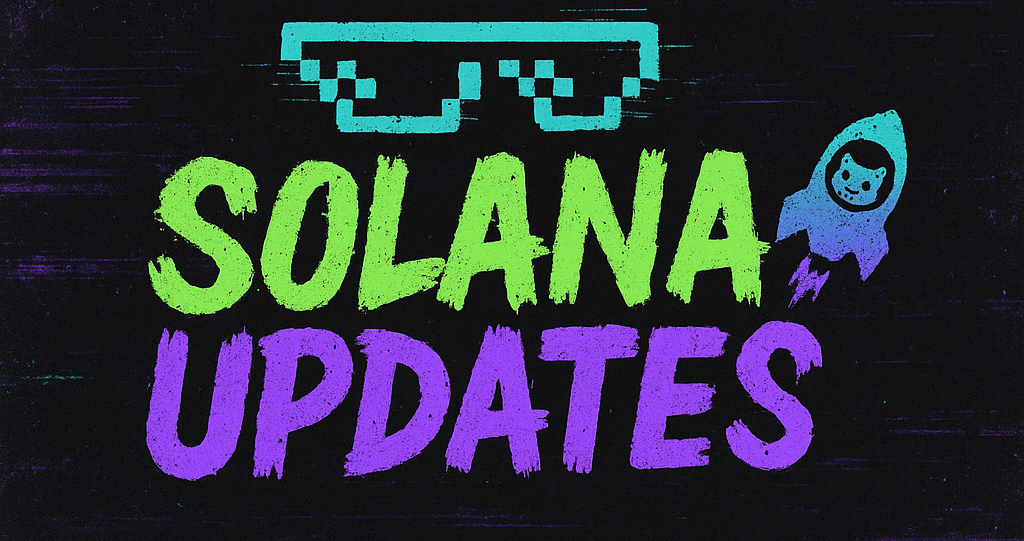Stablecoins at the Center of Illicit On-Chain Activity, Warns FATF
As the digital finance landscape continues to evolve, stablecoins have emerged as a focal point of concern for regulators worldwide. According to the Financial Action Task Force (FATF), stablecoins now constitute a significant portion of illicit on-chain activity, raising alarms about their potential to facilitate illegal finance when not uniformly regulated across different jurisdictions.
The Rise of Stablecoins
Stablecoins have gained immense popularity due to their ability to maintain a stable value relative to traditional fiat currencies, making them an attractive option for users seeking the benefits of cryptocurrencies without the associated volatility. This mass adoption is not only reshaping the digital finance ecosystem but also presenting new challenges for regulatory bodies.
Illicit Activity and Regulatory Challenges
The FATF report highlights that the increasing use of stablecoins in illicit activities is a growing concern. As stablecoins are integrated into various financial systems, their misuse for money laundering, terrorism financing, and other illegal activities is becoming more prevalent. The report emphasizes that the uneven regulation of stablecoins across different jurisdictions exacerbates these risks.
One of the key challenges is the lack of a standardized regulatory framework for stablecoins. While some countries have implemented strict regulations, others have yet to establish comprehensive guidelines. This disparity creates loopholes that bad actors can exploit, thereby increasing the risk of illicit financial activities.
Global Coordination Needed
The FATF underscores the necessity for global coordination in regulating stablecoins. A harmonized approach would ensure that these digital assets are subject to consistent oversight, reducing the chances of them being used for illicit purposes. The organization urges countries to adopt the FATF’s revised standards for virtual assets and virtual asset service providers (VASPs), which include requirements for customer due diligence, record-keeping, and suspicious transaction reporting.
Moreover, the FATF calls for enhanced international cooperation to address the cross-border nature of digital assets. By working together, countries can share information and best practices, thereby strengthening the global fight against illicit financial activities involving stablecoins.
The Road Ahead
While the rise of stablecoins presents significant regulatory challenges, it also offers an opportunity for innovation in the financial sector. By establishing clear and consistent regulations, governments can harness the benefits of stablecoins while minimizing their risks. This balance is crucial for ensuring the integrity of the financial system and protecting consumers from illicit activities.
As stablecoins continue to gain traction, stakeholders across the financial ecosystem must prioritize collaboration and proactive regulation. By doing so, they can create a secure and vibrant digital finance landscape that supports legitimate innovation while curbing illicit activities.
The FATF’s warning serves as a timely reminder of the need for vigilance and cooperation in the face of rapid technological advancements. By staying ahead of the curve, regulators can ensure that the promise of stablecoins does not come at the expense of global financial security.
🛒 Recommended Product: Check out top-rated crypto gear on Amazon


